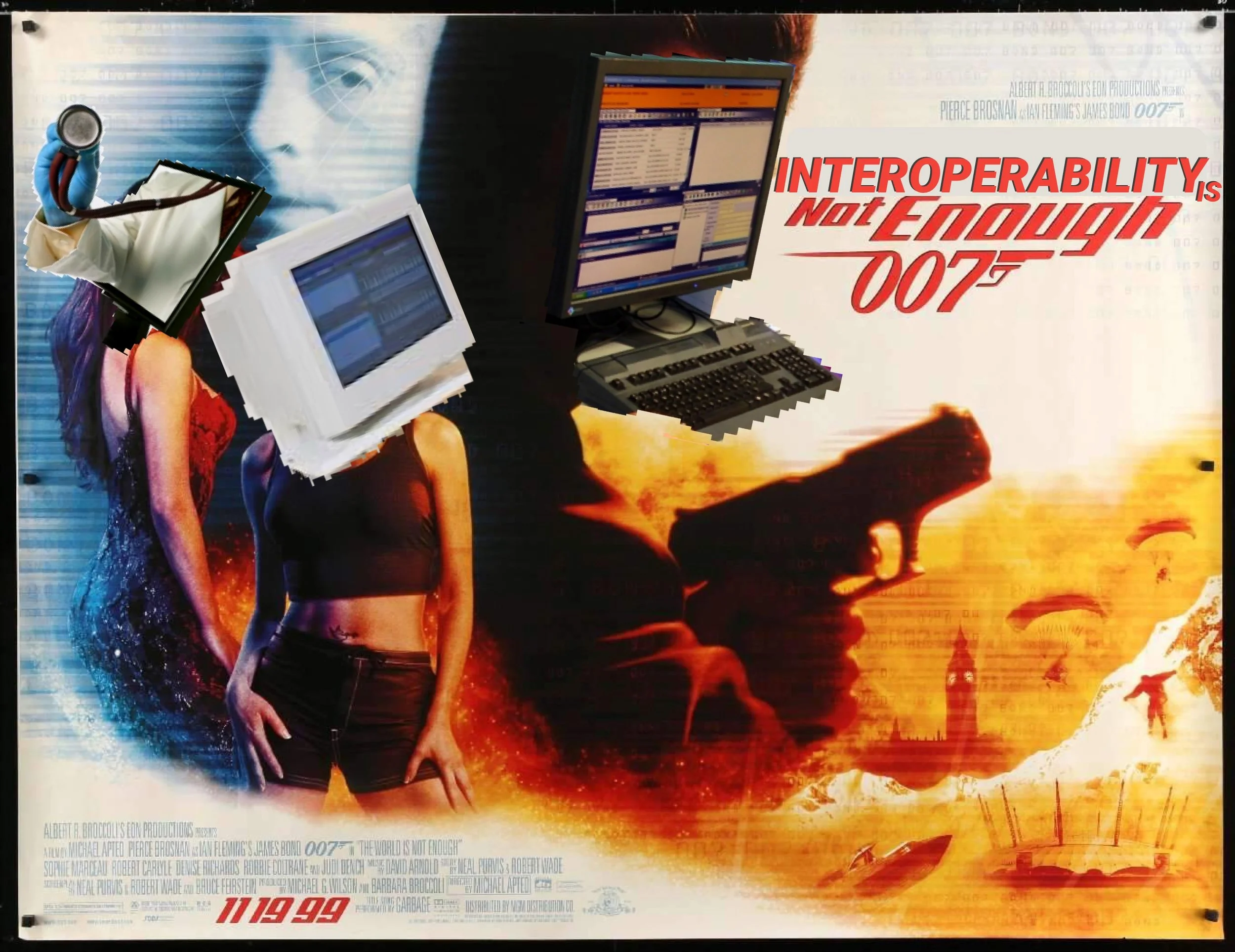Guns, Van Halen, and Brown M&Ms - Real Time Quality Checks
At the airport I saw a gun appear on the x-ray scanner. I saw it. And then, equally as fast. It was gone. Very interesting I thought.
Don’t want to read? Watch this blog post on YouTube, or listen on your podcast app under: Gregory Schmidt
Threat Image Projection Systems
A Google search reveals a technology called TIP - Threat Image Projection.
The software inserts a ‘fictional threat image’ into normal people’s baggage.
The X-ray operator presses the ‘threat key’ when they see the threat. If it was part of the TIP system, the image disappears. If it doesn’t, it’s real. If the operator misses the threat, a warning message appears on the screen alerting the user.
Over the course of a shift, a user may see several fictional threat images. This idea of real time quality assessment is good. (Though there is debate precisely what the optimal number of times a shift it should be used.)
This (excellent) article by Schwaninger discusses the other issue with using a small image library, and images that do not vary sufficiently in their projection angle. Although user’s performance increases dramatically in the first few weeks, after then they have memorized all the fictional threat images. Instead of focusing on real threats, they focus in the small image library of fictional threats. This can be resolved with the use of a giant database. [Header image also from Schwaninger’s Article]
A giant image databases is also very effective in helping train users using computer simulation training.
It is slightly alarming to read an article from 2002 in The Guardian where they note in Britain, 90% of the fictional threat images were detected. Meaning that 10% are not…
Graphic From Rapiscan Systems - TIP System
Van Halen: No Brown M&M’s
“There will be no brown M&Ms in the backstage area, or the promotor will forfeit the entire show at full pay”
Van Halen was well known for their over the top performances, and many people interpreted their pre-show food request - M&Ms but, absolutely no brown M&Ms - as rockstar excess.
However, this clause was deliberately placed in the contract as a canary. If David Lee Roth came backstage and found a brown M&M he knew that the promoter didn’t read the contract. This was a major problem. The contract had detailed structural and electrical specifications to ensure the production was safe.
No brown M&MS pre-show, likely meant the contract’s specifications were followed.
If Lee Roth found a brown M&M, he would call for a complete re-safety of the entire stage.
Listen to the story first hand from David Lee Roth
Fictitious data - in other industries
Immediately after seeing the gun at the airline x-ray machine, I began asking my friends if their industry have similar real-time quality checks with fake data.
It turns out this is actually common. One person spoke of sending ‘incorrect data’ to other sites, to ensure if those sites are assessing the numbers correctly.
Another person spoke of defective equipment that was sent to the cleaning & re-processing unit. If they don’t catch that it is defective, the re-processing department was not doing their job properly.
Real-time quality checks makes sense. How else can you know what the real quality of a system is?
This is the default mode of a factory, and as we have seen above, fictitious data can be incorporated into other more ‘complex’ and ‘less predictable’ environments to assess quality.
Does medicine have real-time quality assessments?
Short answer: is no
Topic to be continued.


